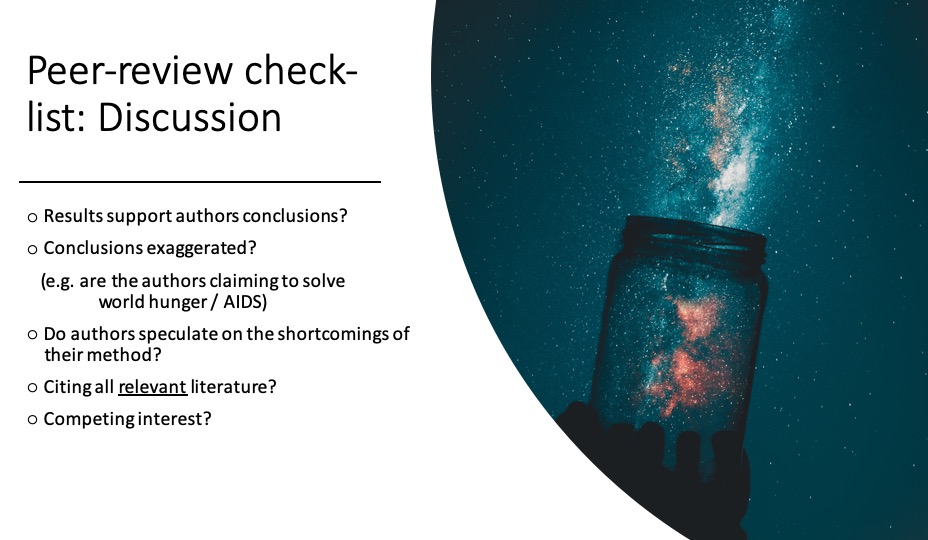


- #Nightingale open science aimurgia financialtimes how to
- #Nightingale open science aimurgia financialtimes update
So he argued his "contact infection" theory without evidence and managed to effectively label airborne disease transmission as superstition.
#Nightingale open science aimurgia financialtimes how to
But he also knew how difficult it was to persuade people to wash their hands and disinfect surfaces if they thought some diseases might spread through the air, and how difficult it would be to figure out how to clean the air itself. Chapin's own work on infection had suggested to him that "contact infection" was the predominant way most infections spread.

Half a century later, another prominent researcher, Charles Chapin, ridiculed the idea of spooky miasmas or infected air. His work was dismissed because at the time, established medical and scientific beliefs blamed "a miasma in the air." Handwashing made no sense to the establishment, and the suggestion that physicians, themselves, might be spreading disease, offended many. In 1847, for example, a scientist working in Austria showed that handwashing by medical doctors reduced deadly puerperal fever in a clinic. The authors, who include physicians, virologists, public health specialists, aerosol scientists, engineers, historians, a sociologist and an architect, spin through numerous examples of fatal mistakes in the history of research on infectious diseases.
#Nightingale open science aimurgia financialtimes update
It's less expensive to ask people to wash hands or disinfect surfaces than it is to update a ventilation system, for example, or to re-engineer school classrooms, city buses and corporate boardrooms. The overview, written with colleagues from 10 countries, illuminates the often deadly impact of "belief perseverance," in which it can take years or decades to challenge a set of beliefs - especially when the consequence of changing a set of beliefs is costly. "We might have had millions of fewer deaths, hundreds of millions fewer cases, if we'd taken appropriate, effective action from the start." "History set us up for a poor response to the pandemic," said Jimenez, fellow at the Cooperative Institute for Research in Environmental Sciences (CIRES) and distinguished professor of chemistry at CU Boulder. Many governments and businesses installed plexiglass barriers that actually increased coronavirus spread, said Jose-Luis Jimenez, lead author of a new comprehensive historical assessment of major medical mistakes involving disease transmission, now published in the journal Indoor Air. While the SARS-CoV-2 virus was invisibly infecting people in 2020 through the air in hospitals, churches, workplaces and restaurants, people across the world were focused on disinfecting surfaces and washing their hands.


 0 kommentar(er)
0 kommentar(er)
